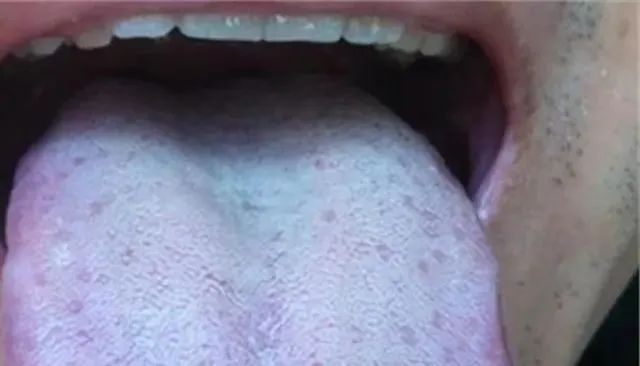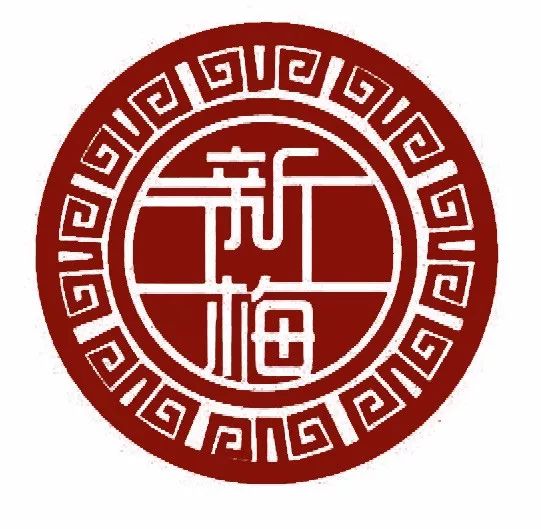Host: Wang Xinmei

In daily life, we often hear people say: “It has been damp and hot these days; we should drink some herbal tea to adjust or have some red bean and coix seed porridge.” When visiting a TCM practitioner, one often hears the term “damp-heat.” So, what is damp-heat, what are its manifestations, and what issues should we pay attention to? To understand damp-heat, we first need to know what dampness and heat are.
Dampness, as commonly referred to, is the water dampness, which can be categorized into external dampness and internal dampness.
1. External dampness is caused by humid weather, exposure to rain, or living in a damp environment, leading to the invasion of external dampness into the body;
2. Internal dampness is a pathological product often related to digestive function. TCM believes that the spleen has the function of “transporting and transforming water dampness”; if the body is weak, digestion is poor, or there is excessive eating of greasy or sweet foods, the spleen cannot function normally to “transport” and thus leads to “internal retention of water dampness”; moreover, individuals with spleen deficiency are also prone to the invasion of external dampness, which can obstruct the spleen and stomach, causing dampness to arise from within. Therefore, these two are both independent and interconnected. Heat, on the other hand, is a type of heat manifestation.
In damp-heat, heat coexists with dampness, either due to the combination of heat and heavy humidity in summer and autumn, or because dampness lingers too long and transforms into heat, or due to a “yang-heat constitution” causing dampness to “transform into heat from yang.” Thus, the simultaneous presence of dampness and heat is quite common. The general manifestations of damp-heat include: a feeling of heaviness in the limbs, fever that is more pronounced in the afternoon, which does not alleviate with sweating; a yellow and greasy tongue coating, and a rapid pulse. Specific manifestations vary depending on the location of damp-heat.

Tongue coating indicative of damp-heat
Common manifestations of spleen and stomach damp-heat syndrome include: abdominal fullness and distension, fatigue and heaviness of the body, loose and foul-smelling stools, fever with bitter taste in the mouth, little thirst, dark yellow urine, and even yellowish skin resembling orange color; tongue coating may be white and greasy or yellow and greasy, with a slippery and rapid pulse.
The treatment of damp-heat generally requires differentiation between the severity of dampness and heat.
1. If dampness is predominant, the focus should be on resolving dampness, using formulas such as Liu Yi San (Six-to-One Powder), San Ren Tang (Three Nut Decoction), or Ping Wei San (Calm the Stomach Powder);
2. If heat is predominant, the focus should be on clearing heat, using formulas such as Lian Po Yin (Lian Po Decoction), Yin Chen Hao Tang (Artemisia Yinchenhao Decoction), or even Ge Gen Qin Lian Tang (Pueraria, Scutellaria, and Coptis Decoction).
Based on this principle, specific herbs can be selected according to certain special manifestations, such as for eczema or furuncles, adding Ye Ju Hua (Wild Chrysanthemum), Di Ding Cao (Earth Smilax), Ku Shen (Sophora Root), and Bai Xian Pi (Dittany Bark); for joint swelling and pain, adding Gui Zhi (Cinnamon Twig), Ren Dong Teng (Honeysuckle Vine), and Sang Zhi (Mulberry Branch); for diarrhea or dysentery, adding Bai Tou Weng (Pulsatilla), Di Yu (Sanguisorba), and Che Qian Zi (Plantago Seed); for scrotal eczema, testicular swelling and pain, or yellow foul-smelling discharge, adding Long Dan Cao (Gentian), Ku Shen (Sophora Root), etc.; for hematuria, adding Xiao Ji (Cirsium), Mao Gen (Imperata), Shi Wei (Pyrrosia), and Bian Xu (Polygonum Aviculare), etc. Additionally, since heat often exists in conjunction with dampness, attention should be paid to improving living conditions and dietary adjustments. It is advisable to avoid overeating, excessive alcohol consumption, and to limit greasy and sweet foods to maintain good digestive function, thus preventing internal retention of water dampness or external invasion of dampness, which is key to preventing damp-heat.


—- Xinmei Fengshui Hall —-



